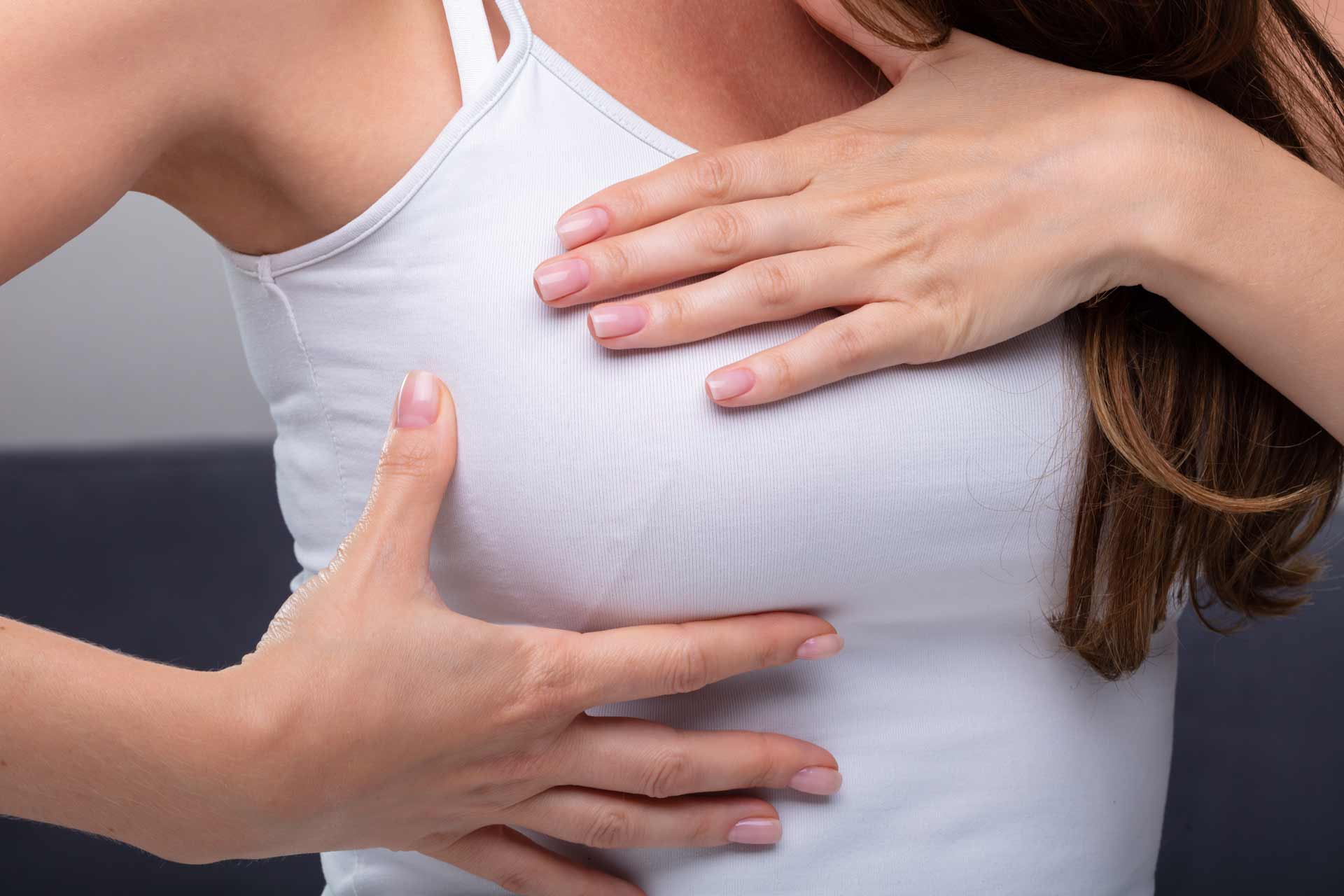Summarize This Article:
Summarize This Article:

Breast augmentation remains one of the most popular cosmetic procedures worldwide, with an increasing number of individuals seeking natural-looking alternatives to traditional implants. Fat transfer breast augmentation, also known as autologous fat grafting, has emerged as an innovative option for those looking to enhance their breast size and shape using their own body fat.
However, as with any surgical procedure, it is crucial to carefully consider the pros and cons before deciding what is best. Breast augmentation, regardless of the method, is a significant undertaking that can impact both physical appearance and overall well-being.
Therefore, understanding the potential benefits, risks, and limitations of fat transfer breast augmentation is essential for making an informed choice that aligns with individual goals and expectations.
In this blog, we will explore the pros and cons of fat transfer to breast augmentation, offering insights for those considering or curious about cosmetic surgery.
Breast reconstruction fat grafting offers several benefits. Perhaps one of the most prominent benefits patients experience from breast reconstruction with fat grafting is the more natural look and feel of the results. When compared to traditional breast augmentation, the use of one’s fat typically results in breasts that more closely resemble natural ones than implants.
Here are some of the other major pros of breast reconstruction fat grafting:
Breast reconstruction with fat grafting involves harvesting fat from areas where it is in excess, such as the abdomen, thighs, or hips. Because of this, the procedure also provides a slimming effect in these donor areas, essentially offering two cosmetic procedures in one.
As mentioned before, using one's own fat for breast augmentation creates breasts that move and respond to touch more like natural tissue, resulting in a more authentic look and feel than traditional implants.
Generally, the recovery time for a fat grafting breast procedure is shorter compared to traditional implant surgery. Also, patients of breast reconstruction fat grafting report less postoperative pain.
Because the incisions for breast reconstruction with fat grafting are typically smaller than those required for implants, there is noticeably less scarring after surgery.
While the pros of fat grafting are certainly appealing, it is important to weigh both the pros and cons of fat transfer to breast augmentation.
Here are some of the cons of breast reconstruction fat grafting to consider:
Fat transfer typically results in a modest increase in breast size, usually up to one cup size. For this reason, additional procedures may be necessary for more significant enhancement.
Not all transferred fat survives in the new location. In fact, the body may reabsorb only 20-50% of the transferred fat. This can lead to some loss of volume over time.
Fat may not be evenly absorbed, possibly causing asymmetry or lumps. If this happens, patients may require additional procedures for their desired results.
Unlike certain implant procedures, breast reconstruction fat grafting minimally lifts the breasts, making it unsuitable for addressing significant sagging.
A breast reconstruction fat grafting procedure can offer tremendous benefits for the right candidates. By fully understanding the pros and cons of fat transfer to breasts, you can make an informed decision about what is best for you.
If you are interested in breast reconstruction with fat grafting, The Institute is here for you. Our center for advanced surgery offers compassionate solutions tailored to your needs. Schedule a consultation today to meet with one of our board-certified breast surgeons and explore your options for a fat grafting breast procedure.



.jpg)
.webp)




